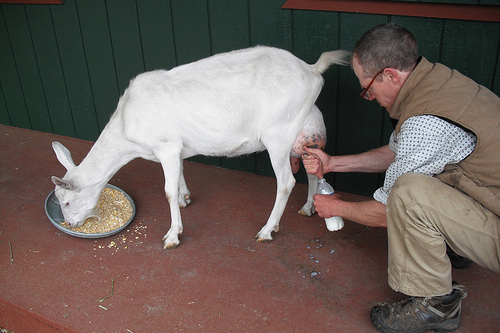
The Philippines is poised to become a significant player in goat milk production, aiming to reduce its reliance on imported dairy products. Through initiatives like the National Dairy Goat Science and Technology (S&T) Program, supported by the Philippine Council for Agriculture, Aquatic and Natural Resources Research and Development (PCAARRD), the country is implementing strategies to enhance local goat milk production.
Enhancing Milk Yields through Strategic Breeding and Nutrition
The S&T Program focuses on increasing milk production by selecting high-performing dairy goat breeds such as Saanen, Anglo-Nubian, and Toggenburg. These breeds are well-suited to the Philippine climate and are expected to improve milk yields. Additionally, the program emphasizes providing appropriate nutrition tailored to the specific needs of these breeds, ensuring optimal health and productivity.
Addressing Mastitis to Improve Milk Quality
Mastitis, an inflammation of the mammary gland, is a significant concern in goat dairying as it can reduce milk yield and quality. The S&T Program includes a comprehensive approach to managing mastitis through regular monitoring, early detection, and the development of effective treatment protocols. By implementing these measures, the program aims to reduce the incidence of mastitis, thereby enhancing the overall quality of goat milk produced.
Promoting Sustainable Practices and Community Engagement
Sustainable goat raising and farming practices are integral to the S&T Program’s approach. Farmers are encouraged to adopt environmentally friendly practices, such as utilizing locally available resources for feed and implementing waste management systems. Community engagement is also a key component, with training programs and workshops designed to empower local farmers with the knowledge and skills needed to succeed in goat dairying.
Conclusion
The Philippines’ commitment to developing its goat milk industry through strategic breeding, improved nutrition, and sustainable practices is paving the way for a more self-sufficient dairy sector. By addressing challenges such as mastitis and engaging local communities, the country is positioning itself to meet domestic demand and reduce reliance on imported dairy products.
